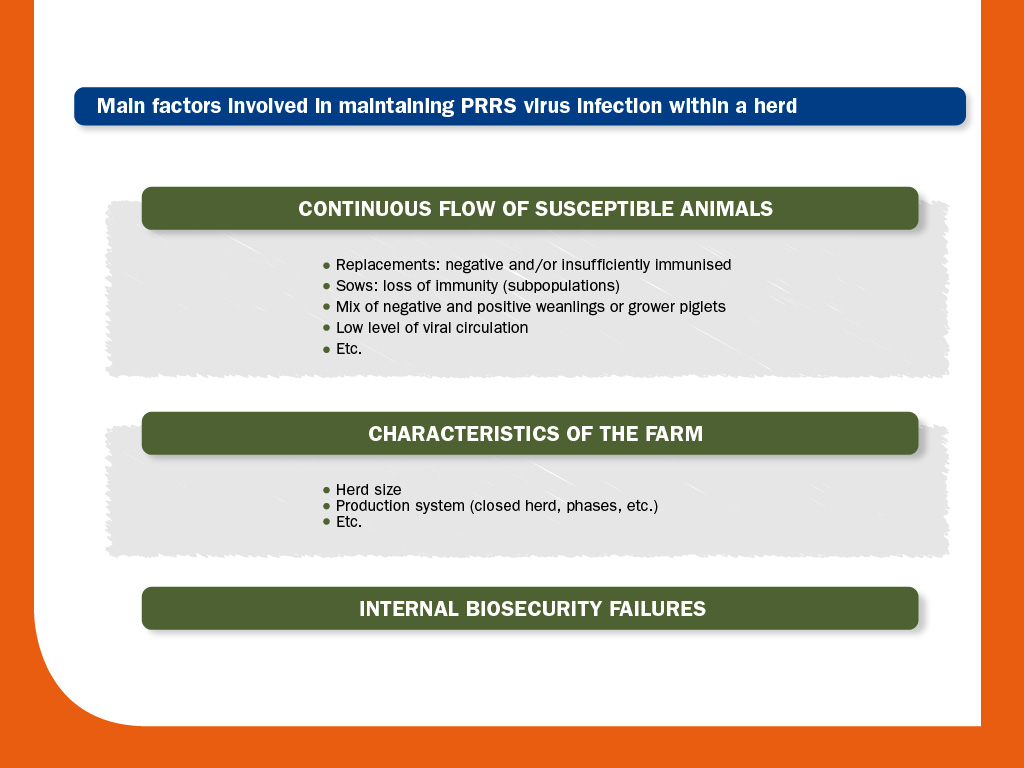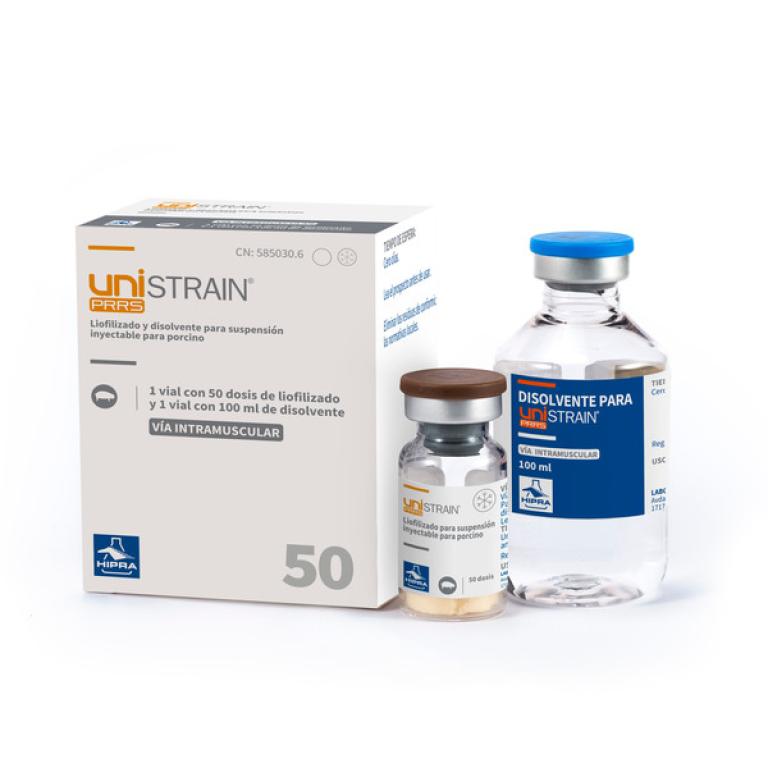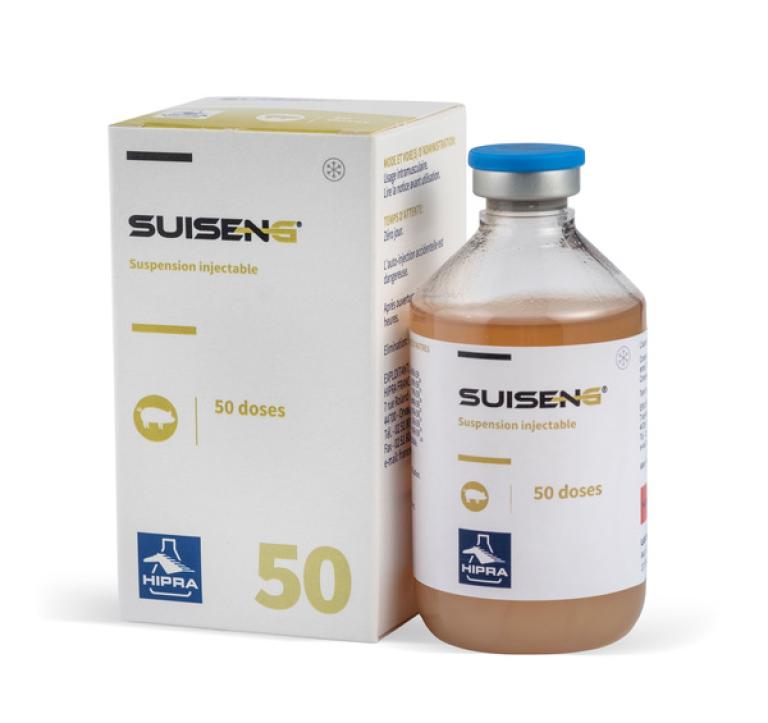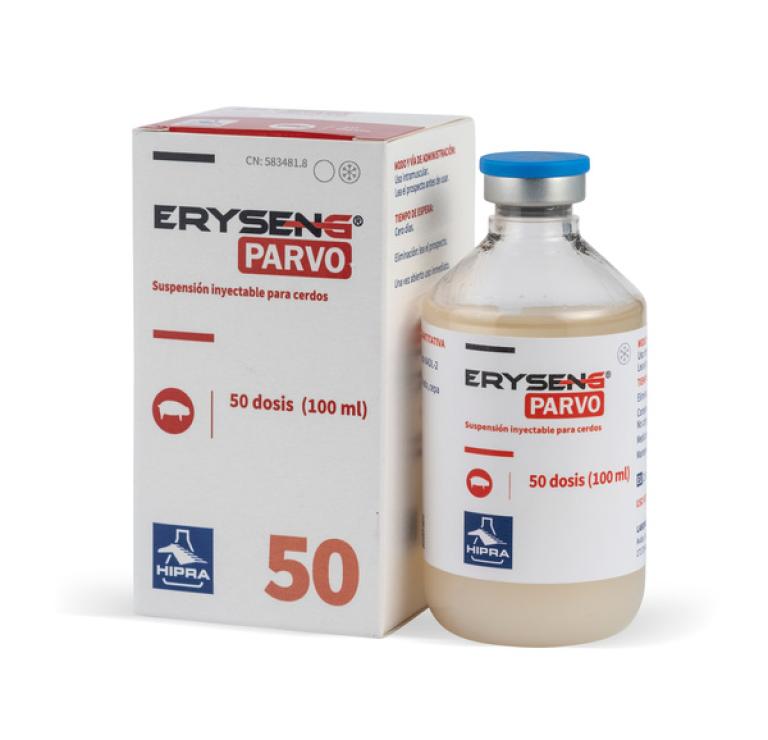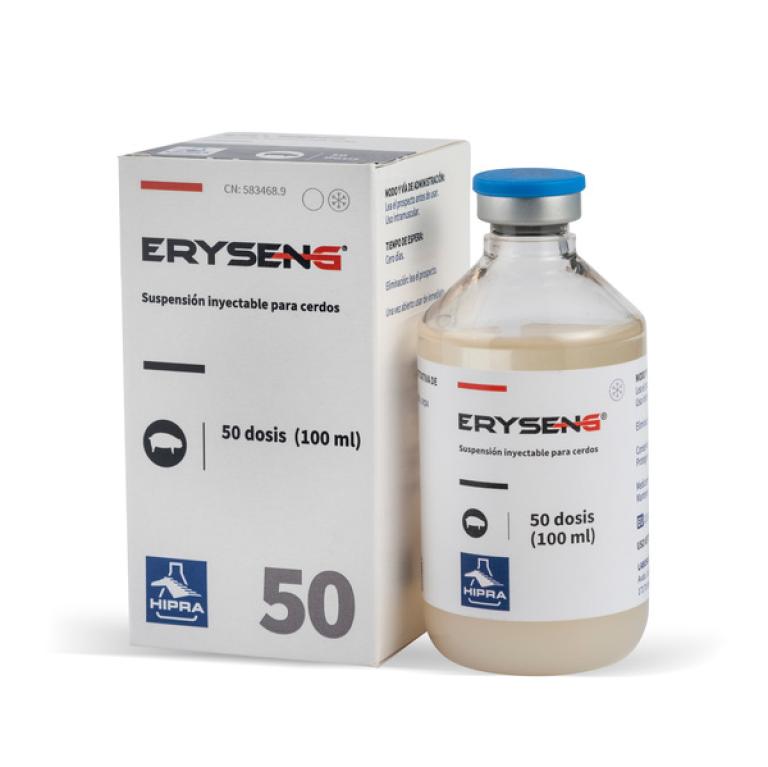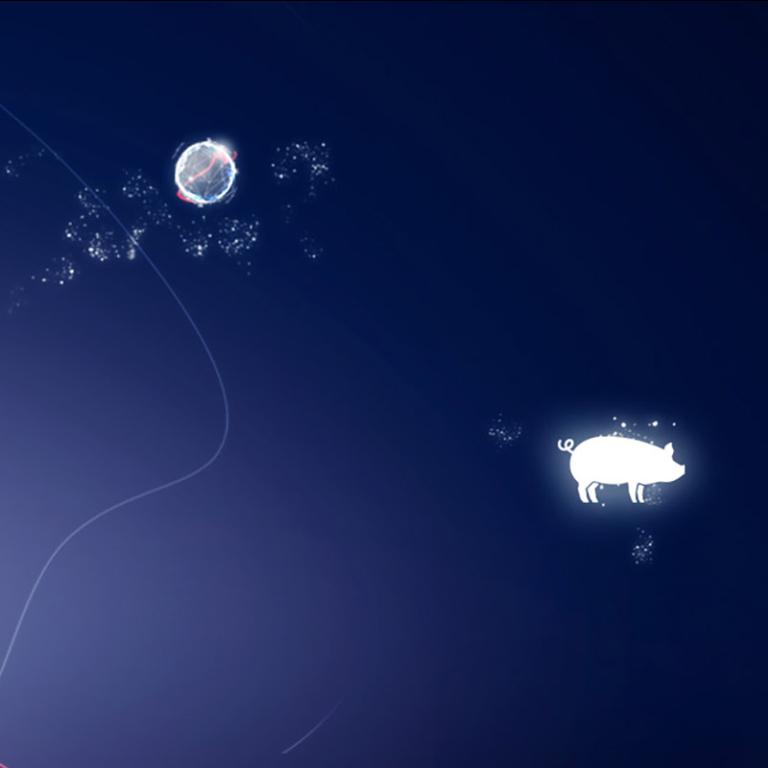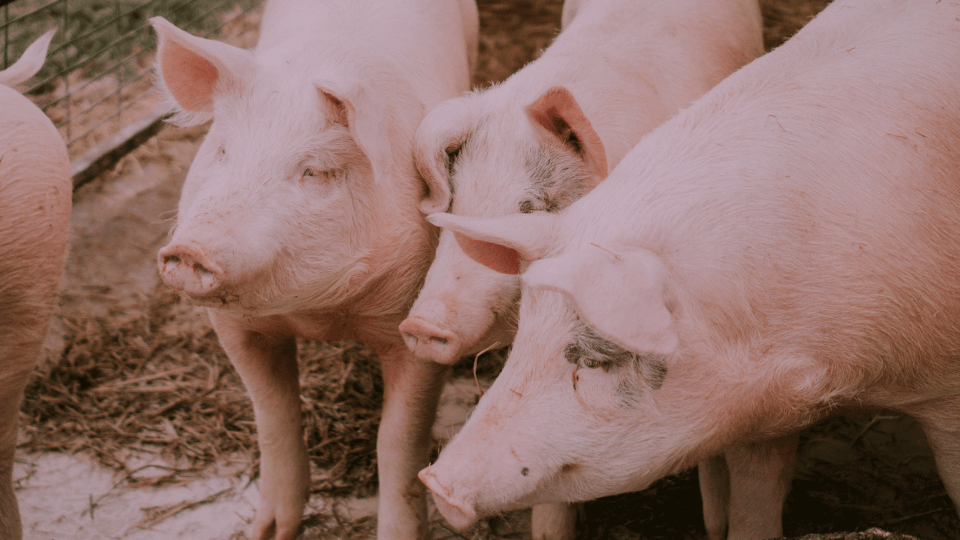The final outcome of a PRRS virus infection on a farm will mainly depend on the virulence of the strain and the previous immunisation status of the herd.
Once PRRS is introduced into a farm, it will tend to circulate indefinitely. It is true that spontaneous elimination can occur, especially on small farms, but it is rare. The presence of negative subpopulations in the herd or a continuous flow of susceptible animals can perpetuate the infection; in this case, if no measures are taken, periodic clinical outbreaks are to be expected.
In general, three different situations can be considered:
- First introduction of PRRS virus in a negative farm => most probably, PRRS virus infection will cause a serious outbreak (see information on reproductive failure in the section “Pathogenesis, lesions and clinical disease”). Abortions in waves (mostly, last third of gestation) over months, weak-born piglets, splay-leg, increase in preweaning mortality, etc. In small farms, the infection can be self-limiting; however, in most cases, the virus will continue to circulate (see section “I.II. Vertical transmission” in “Transmission within herd”). Under these circumstances, the dissemination of PRRS virus in weaners and growers is usually very fast.
- Introduction of a new PRRS virus strain in a positive farm => from no effect to serious outbreak. This will depend on the strain, the immunisation level of the herd and the presence of negative subpopulations.
- Re-circulation or re-emergence of previous PRRS virus already present in the farm => probably, temporary impairment of productive and reproductive parameters. Again, presence of negative subpopulations can be crucial.
